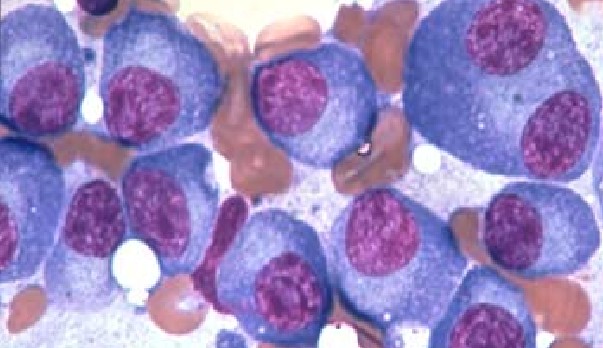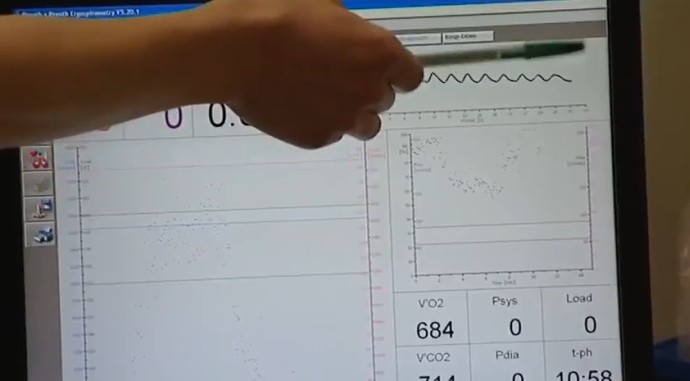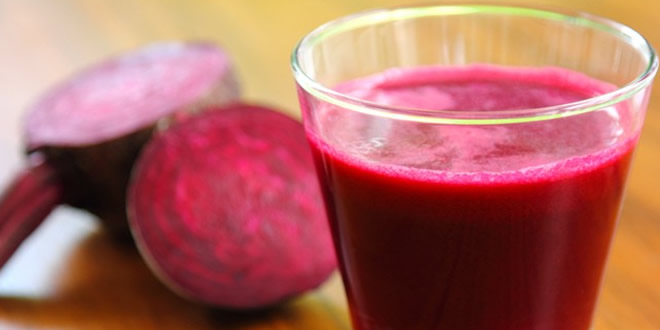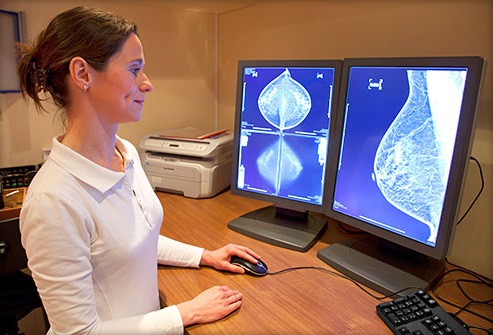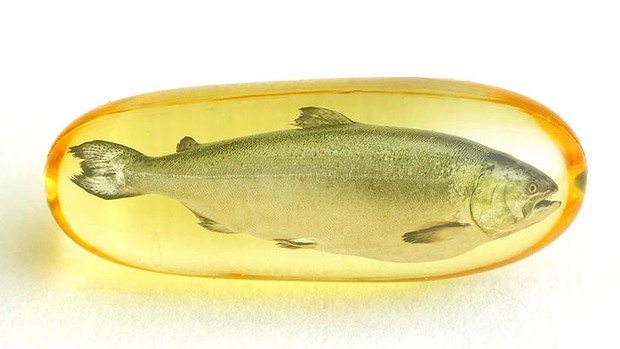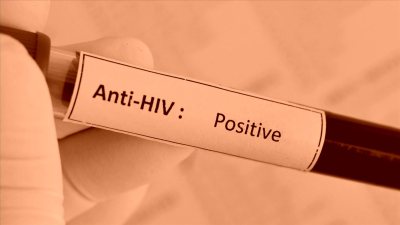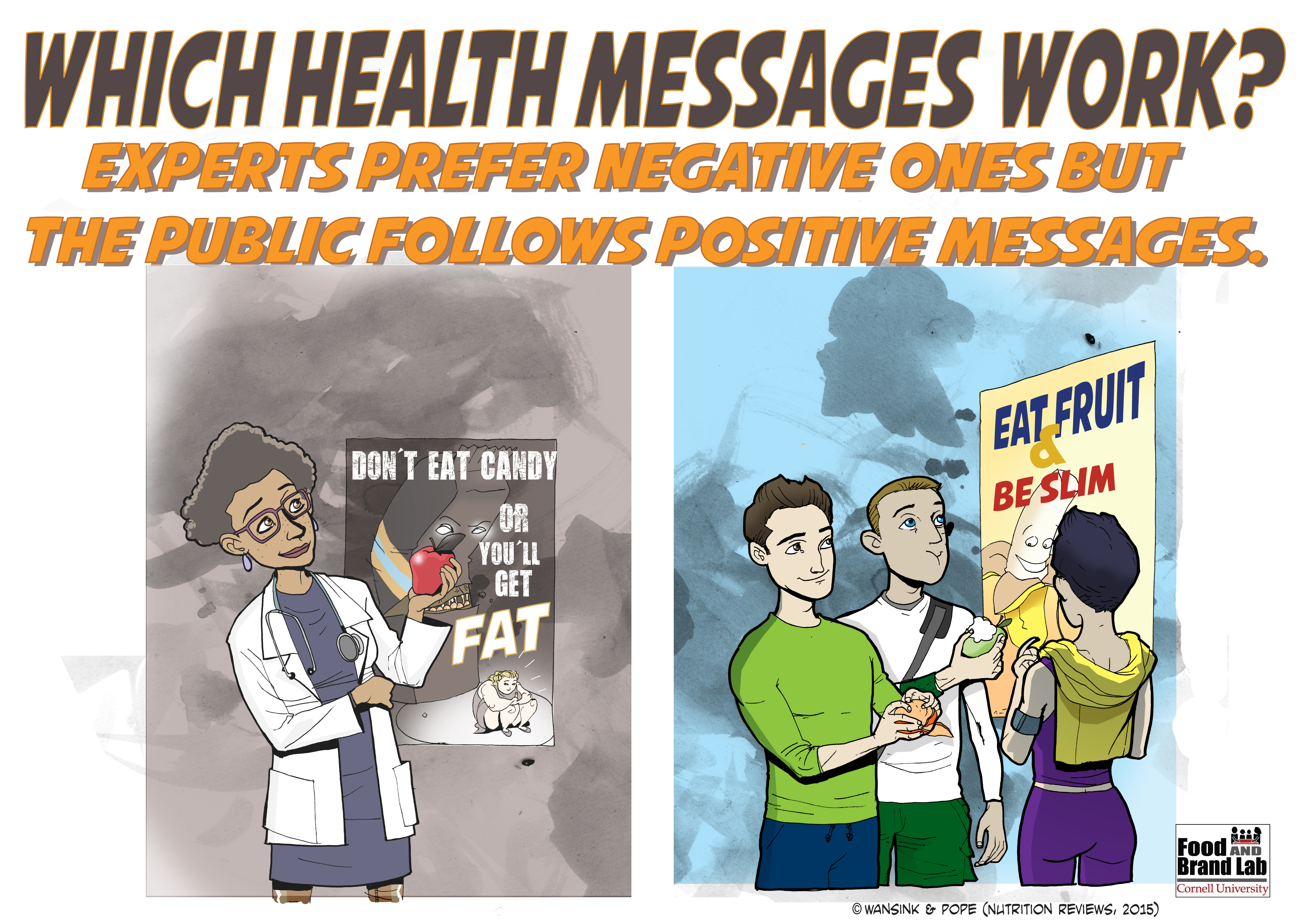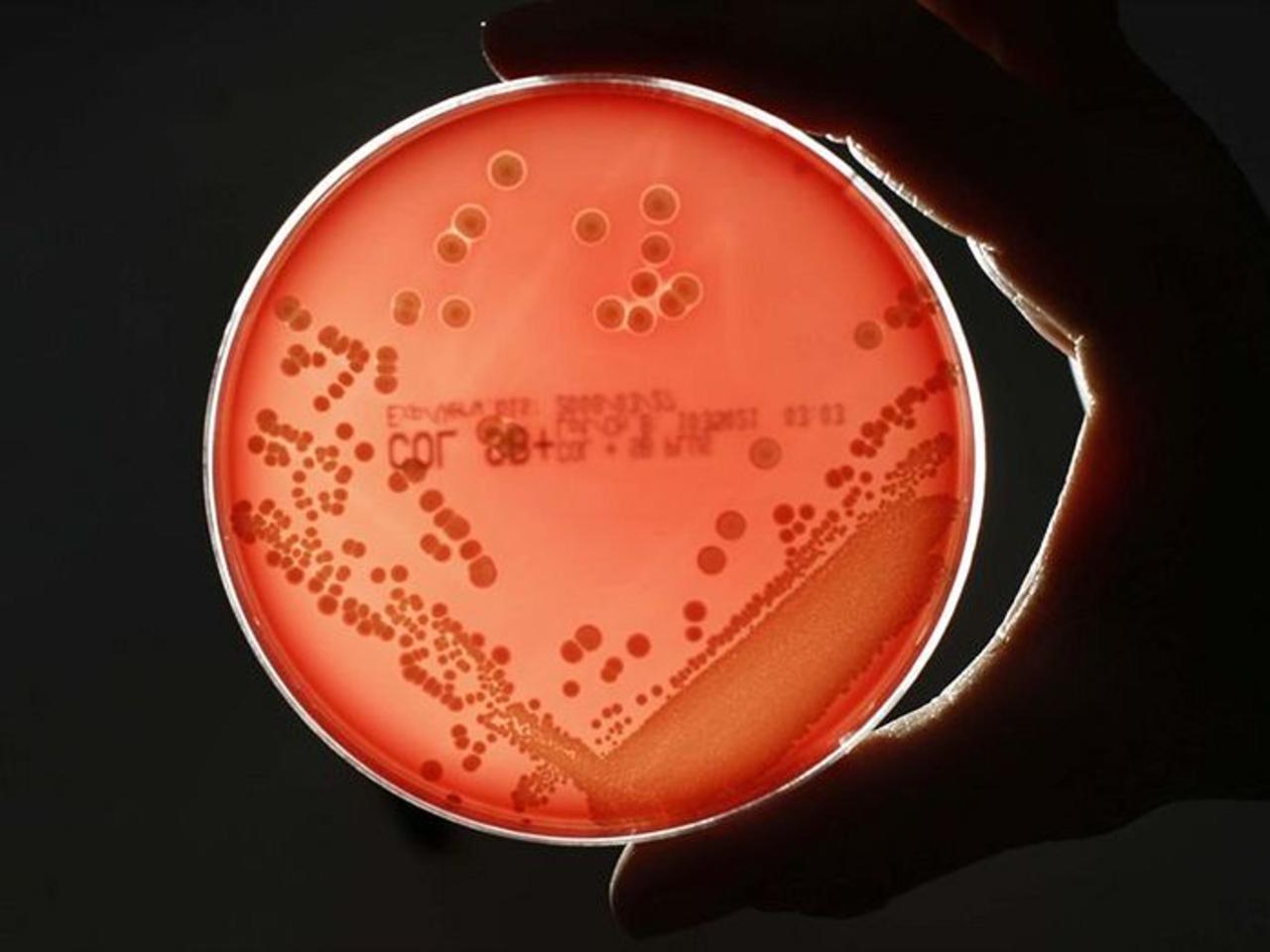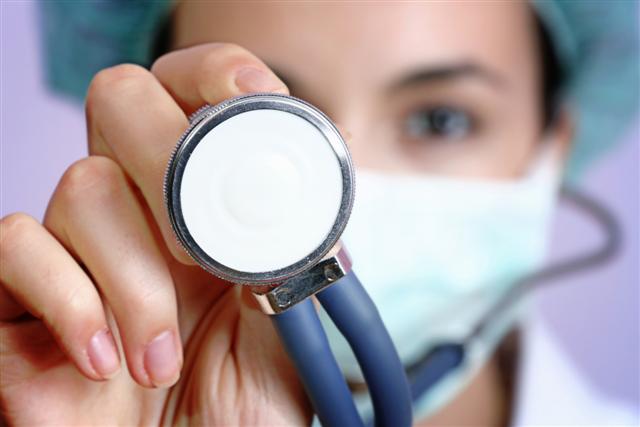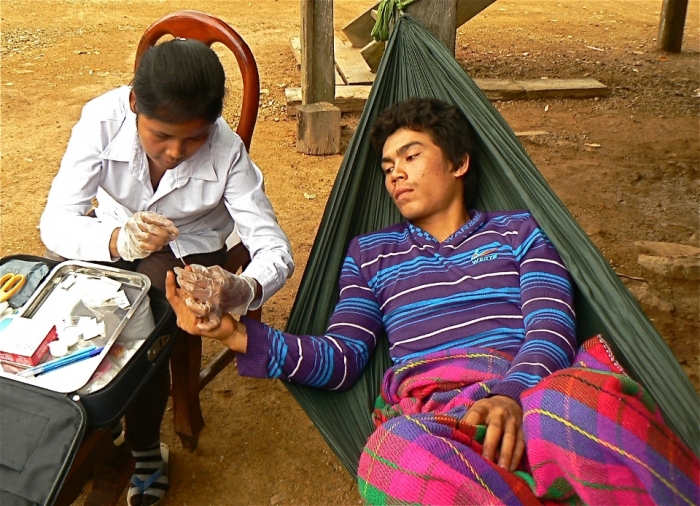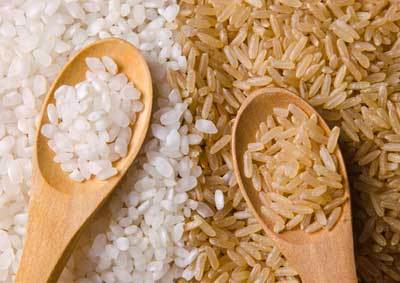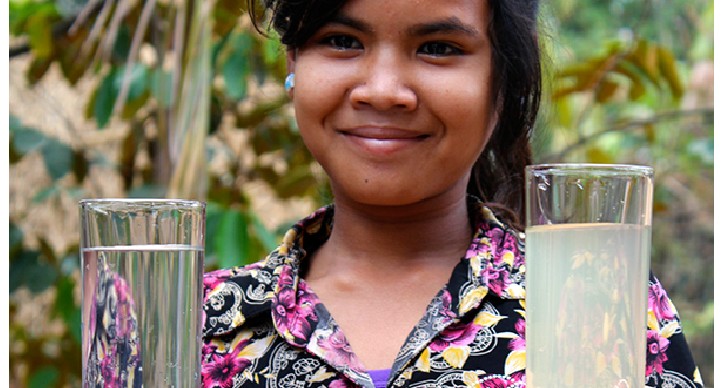A recent report by economist Jim O’Neill is shining the light onto the economic implications of the global rise of antimicrobial resistance (AMR). AMR occurs when bacteria that are exposed to different types of antibiotics become resistant to them, or multidrug resistant. In layman’s terms they turn into superbugs.
O’Neill’s report looks at the effect of AMR on labour force morbidity and mortality, and its effect on global economic output. It estimates that if resistance is left unchecked, global AMR deaths will rise from a current 700,000 deaths per year (of which some 50,000 deaths per year occur in the UK and the US alone) to ten million deaths per year by 2050, with global GDP likely to shrink by 2-3.5 per cent, equivalent to some $100 trillion losses between 2014 and 2050.
Poor availability of data around bacterial infections however means that the findings give only a broad brush picture of the global impact of AMR, and a rather conservative one at that. Instead of all seven pathogens identified from the World Health Organisation for which drug resistance is a problem, the authors were only able to look at three: Klebsiella pneumonia, which is linked to pneumonia and respiratory tract diseases; E-coli, linked to gastrointestinal infections; and Staphylococcus aureus, which can be linked to a number of diseases, including pneumonia.
So what are the causes of AMR? AMR develops because bacteria adapt in order to survive: as they are exposed to antibiotics, they begin to develop a resistance to them and to share their resistance genes with one another.
While the discovery of penicillin in the late 1920s, and its later developments, revolutionised western medicine and public health care, reducing disease and infections’ incidence within humans and animals, and increasing our longevity, the flip side of the coin was that as bacteria got increasingly exposed to antibiotics – which suddenly made previously high-risk high-mortality surgical procedures safe – they also started to develop their own coping strategy against them.
Then in 1950 researchers in the US discovered that antibiotics could also be added to animal feed to increase livestock growth rates. This was a turning point for industrial farmers and meat producers, not to mention the pharmaceutical industry, with antibiotics consumption becoming even more mainstream. Such trend has continued to our days.
According to a study by the Union of Concerned Scientists, in 2001 more antibiotics were used in the US on healthy animals than on sick people. That is, roughly 70 per cent of total US antimicrobials use was for nontherapeutic purposes in livestock. It is not just the overuse of antibiotics in animal husbandry which is bad, but also the fact that antibiotics of importance to humans are often administered.
In the US regulation has yet failed to ban use of antibiotic substances that are important for human medicine, such as penicillin, and indeed some 13.5m pounds of substances prohibited in the EU are used each year for nontherapeutic purposes in livestock in the US.
At the same time in Europe the use of antibiotics in veterinary medicine does vary greatly between member states. At 370 and 211 milligrams of antibiotic-agents-per-kilogram-of ‘biomass treated’ respectively, Italy and Germany are two of the countries with the highest use of antibiotics in veterinary medicine in the EU. They both lag quite a bit behind Denmark, which only administers on average 43 milligrams/kg.
Indeed in Denmark, since 2000 it is prohibited to administer antibiotics as growth enhancers to healthy animals. And the veterinary use of antibiotics that are used in human medicine is also banned. Strict monitoring requires that Danish farmers report every time they administer antibiotics, by logging their use onto a centrally held database which checks how much of their allowance they have administered. If they go over it, they get fined. Such measures have seen the decline in use of antimicrobial agents in Denmark to 60 per cent of what it was in the 1990s.
That the problem of AMR stems from an overuse of antibiotics in farming is well documented. And with antibiotic resistance within bacteria in animals having spread onto human pathogens, we could soon face serious threats to our ability to conduct many routine surgical procedures, such as hip replacements and caesarean sections, as well as in our fight against major diseases, such as malaria, TB, HIV, pneumonia and cancer. As fewer and fewer options become available for treating infections, stories like this one will become more common.
Added to the issue of antibiotics in farming is that of an over-sanitised private sphere in which we are surrounded by antibacterial agents in soaps, mouthwash and cleaning products, promising to kill all unwanted germs (with quite a lot of the wanted ones as collateral), so that we could even eat off a kitchen floor if we felt the urge.
Not only are claims made about such products often misleading and highly contested, but evidence shows that indiscriminate use of antibacterials at home – such as those containing Triclosan, an antibacterial agent used in many cleaning products can be dangerous to our health, and as they find their way through our drains and into our water systems, they can also pollute our environment. And controversial research indicates that such antibacterial containing products can compound AMR.
So what can be done to reduce AMR? Reducing non therapeutic use of antibiotics in farming, as well as an outright ban on those which are used in human medicine would be a good step to take. Avoiding unnecessary exposure to antibacterial agents at home would not only help towards fighting AMR but also help reduce their negative effects on human health and the environment. Ultimately, the availability of new types of antibiotics would make it hard on bacteria to build up resistance, indeed an important reason why AMR is a problem is that new types of antibiotics have been hard to come by over the last few decades.
Yet on a very positive note, just today researchers from Northeastern University in Boston, US have revealed the discovery of a new antibiotic called teixobactin. Their research shows that none of the bacteria they exposed to teixobactin developed resistance. While the drug could still be some years from being available, and further research beckons, scientists agree that it does seem like a very hopeful step in the right direction.
Analysis by Annalisa Dorigo
